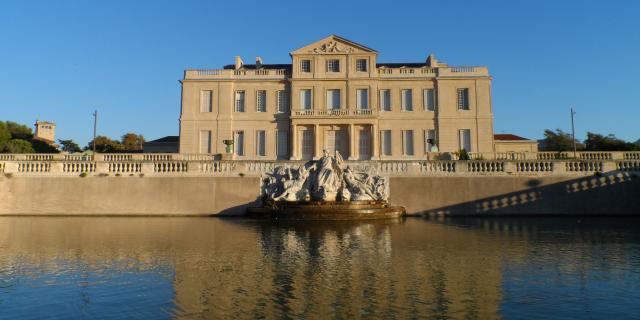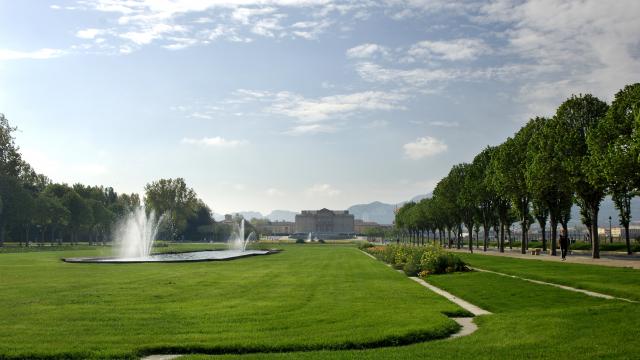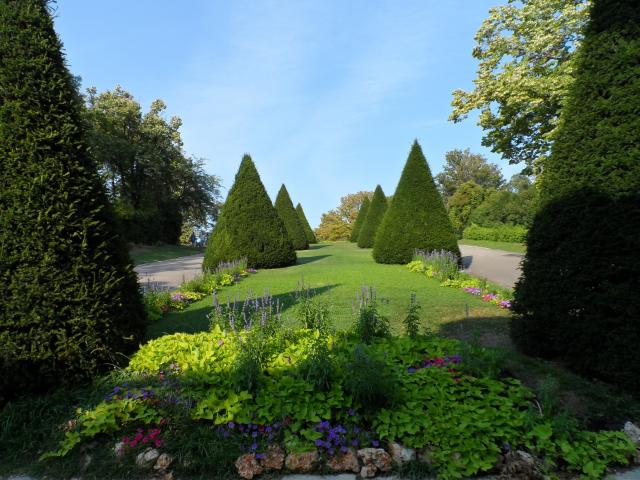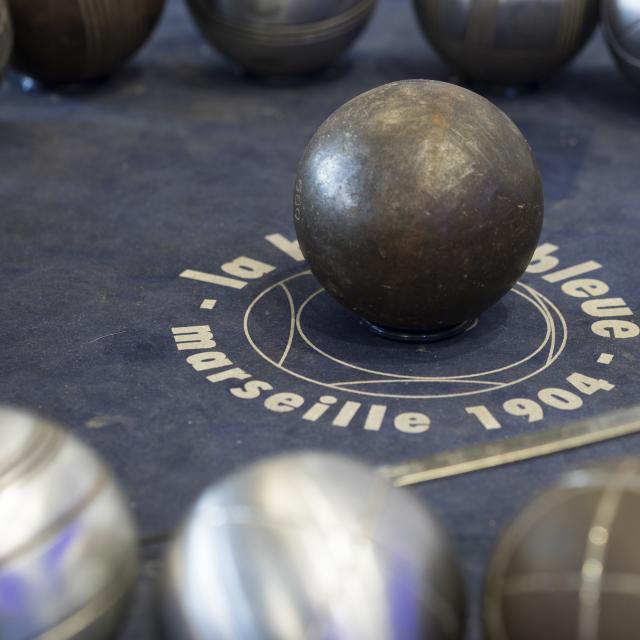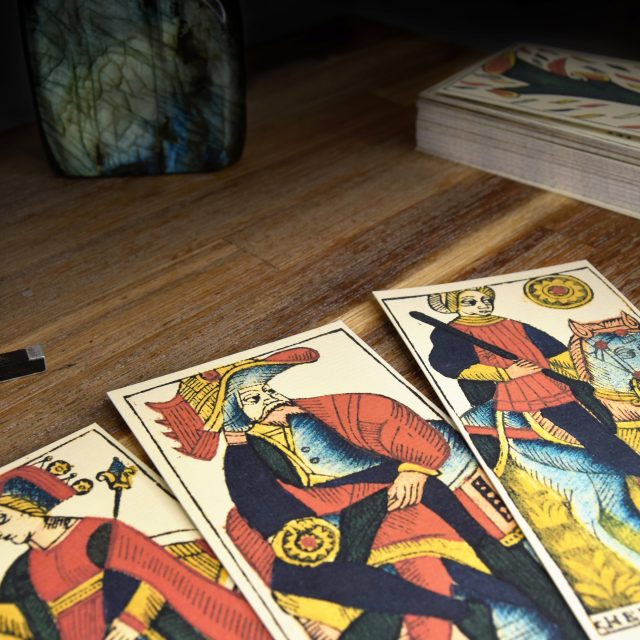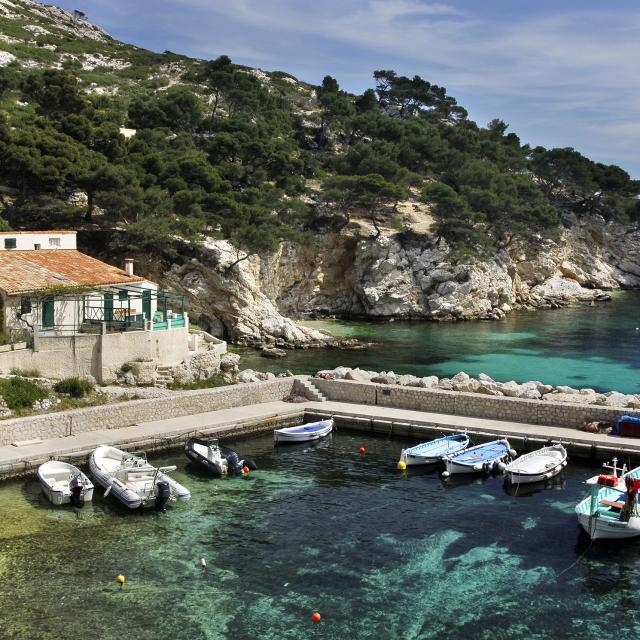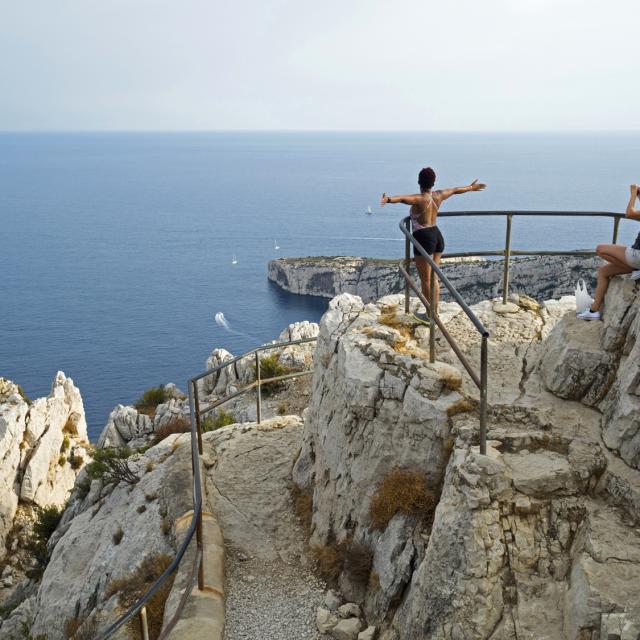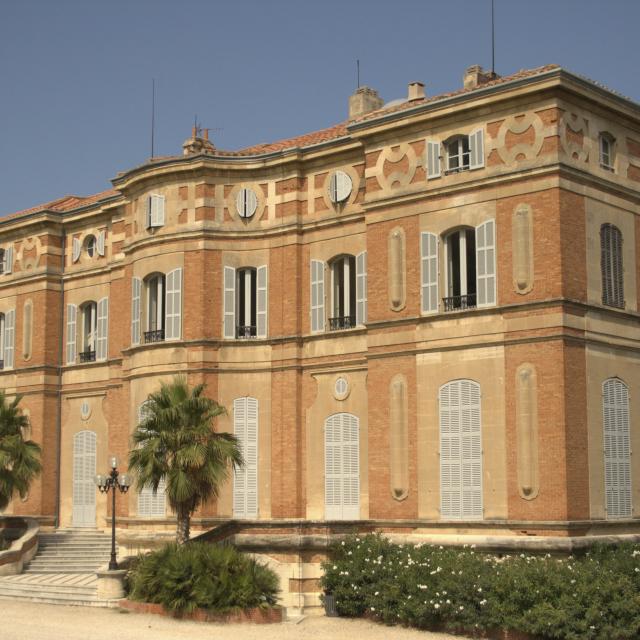
The bastides, a Provencal lifestyle
The bastides located in the southwest are fortified cities. In Provence, the bastide is a secondary residence that is at the same time a place of leisure and an agricultural domain. Like in every big Mediterranean port commercial city, the elites owned private hotels ( town house) in town and a second home in the countryside.
Life in the bastides was a true lifestyle. Installed in the countryside, outside of the ramparts of the city, they offered a refined living environment to the greater families of the Marseille bourgeoisie. However, the primary vocation remained the cultivation of olive trees and vines.
The first architectural scheme of these exceptional villas dates back to the years 1670-1700.
“I am charmed by the singular beauty of this city,” wrote Madame de Sévigné in 1673 when she arrived in Marseille.
Coming from Aix-en-Provence she discovered the city by entering from the ‘Viste’district and the heights of Marseille. She saw the sea in front of her expanding into the horizon, the scattered bastides, the hills of the l ‘Estaque’district and of ‘Marseilleveyre’ closing off to her right and on her left a large and rugged space, in which nestled the ‘Vieux-Port’ (old-port).
